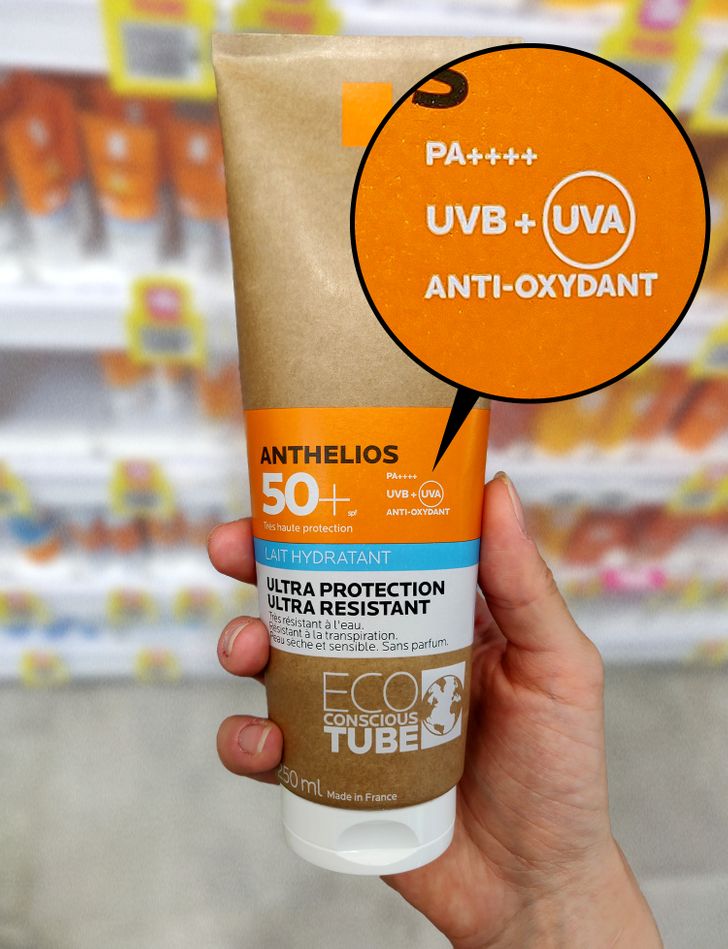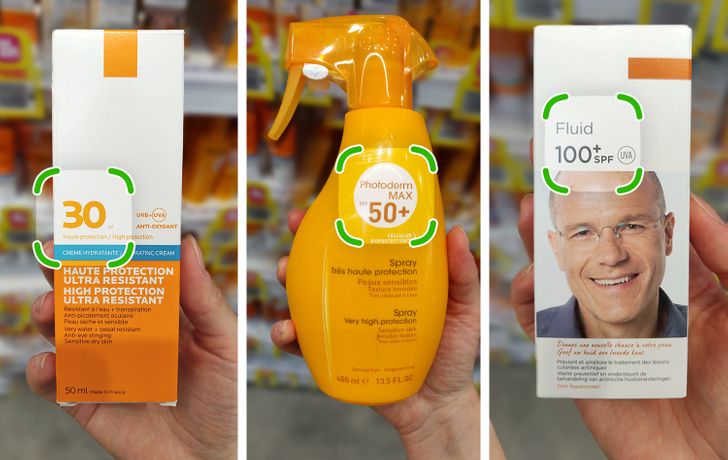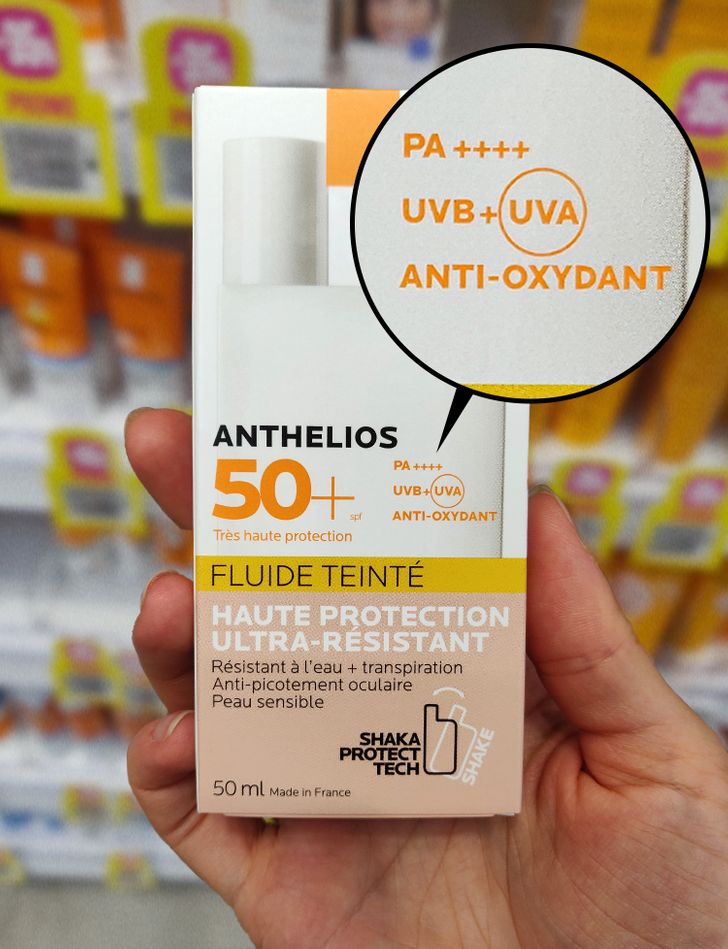How to Choose and Apply Sunscreen
Sunlight can offer a lot of benefits for our mental and physical health. However, long-term sun exposure without proper skin protection can also hide some risks for you. 5-Minute Crafts has got you covered. In this article, we’ll tell you everything about sunscreen so you can enjoy the sun without any worries.
1. Opt for “broad spectrum” protection.

The sun produces 2 types of light wavelengths: ultraviolet A (UVA) and ultraviolet B (UVB). UVA rays have longer wavelengths. They can penetrate deeper into the skin, damage collagen, and lead to wrinkles and aged skin. UVB rays have shorter wavelengths and can cause damage to the DNA in the outer skin layer. Excess exposure to UVB can lead to the development of skin illnesses.
Sunscreen with only UVA or only UVB protection will be effective against one type. It’s recommended to choose a sunscreen with “broad spectrum” protection (UVA+UVB), which will be effective against both. This way, you ensure that you’re completely protected.
2. Check the protection levels.

On a sunscreen’s packaging, you can find the number indicating its sun protection factor (SPF). This shows the level of protection against UVB rays. However, no sunscreen will completely protect your skin.
- Sunscreen with SPF 15 filters out about 93% of UVB rays.
- Sunscreen with SPF 30 filters out about 97% of UVB rays.
- Sunscreen with SPF 50 filters out about 98% of UVB rays.
- Sunscreen with SPF 100 filters out about 99% of UVB rays.
If you have a lighter skin color, it’s recommended to choose sunscreen with SPF 30 or higher. If you have a darker skin color, it already has some level of natural SPF, therefore, you can opt for SPF of 15-30. Apply it 30 minutes before going outside, then reapply every 2 hours or right after sweating or swimming.

Also, check the star rating on the sunscreen. It indicates the level of UVA protection and is rated on a scale from 1 to 5. The higher the rating, the better the protection. One star indicates rather low protection, and 5 stars show the highest level of efficiency.
3. Know how much to apply.

The amount of sunscreen you use also matters. You can follow these guidelines:
- Face and neck — half a teaspoon of sunscreen
- Arms — a single teaspoon of sunscreen
- Back and shoulders — one tablespoon of sunscreen
- Chest and belly area — one teaspoon of sunscreen
- Legs — one teaspoon of sunscreen for each leg
Make sure you apply it thoroughly. Don’t miss any areas, such as the tip of your nose, the back of your arms, and the tops of your legs.
Bonus: The difference between physical and chemical sunscreen
There are 2 types of sunscreen that you can find in stores — physical (or mineral) sunscreen and chemical sunscreen.
Physical sunscreen:
- Pros: It’s thicker and whiter. You can easily see where you apply it so you don’t miss any spots. Additionally, UV filters in physical sunscreen are more suitable for sensitive skin, as they are less irritating.
- Cons: It might not be the best choice for those who have oily and/or acne-prone skin.
Chemical sunscreen:
- Pros: You don’t need to apply a thick layer of it to ensure sun protection. Its texture is lightweight and non-sticky. Also, chemical sunscreen can offer a broader spectrum of protection from both UVA and UVB rays.
- Cons: It might also cause irritation on sensitive skin.
Note: The information that says whether the sunscreen is physical or chemical is usually provided on the package or on the manufacturer’s website.